Circular 26 on outpatient prescriptions has just been issued by the Ministry of Health , requiring that from October 1, all hospitals will be required to implement electronic prescriptions. By January 1, 2026, all other medical facilities will also be required to do this.
In the context of the Ministry of Health requiring all medical facilities to complete electronic prescriptions, many public hospitals in Ho Chi Minh City are accelerating digital transformation.
Need multi-phase roadmap
Sharing with Dan Tri , Dr. Vo Hong Minh Phuoc, Deputy Director of Ho Chi Minh City Oncology Hospital, assessed that the requirement to prescribe electronic drugs for hospitals from October 1 is a groundbreaking policy in the process of digital transformation of national healthcare.
"The mandatory electronic prescription is not only a change in the form of prescription, but also a change in the process of drug management, treatment monitoring and optimization of the health system.
This policy helps to make the process of prescribing and using drugs transparent, reduce abuse and medical errors, and at the same time create a valuable source of big data for epidemiological analysis, supply planning and policy making," said Dr. Phuoc.
To prepare to serve this requirement, Ho Chi Minh City Oncology Hospital has prepared carefully from the beginning with a 3-phase roadmap including software standardization, data completion and synchronous deployment throughout the hospital.
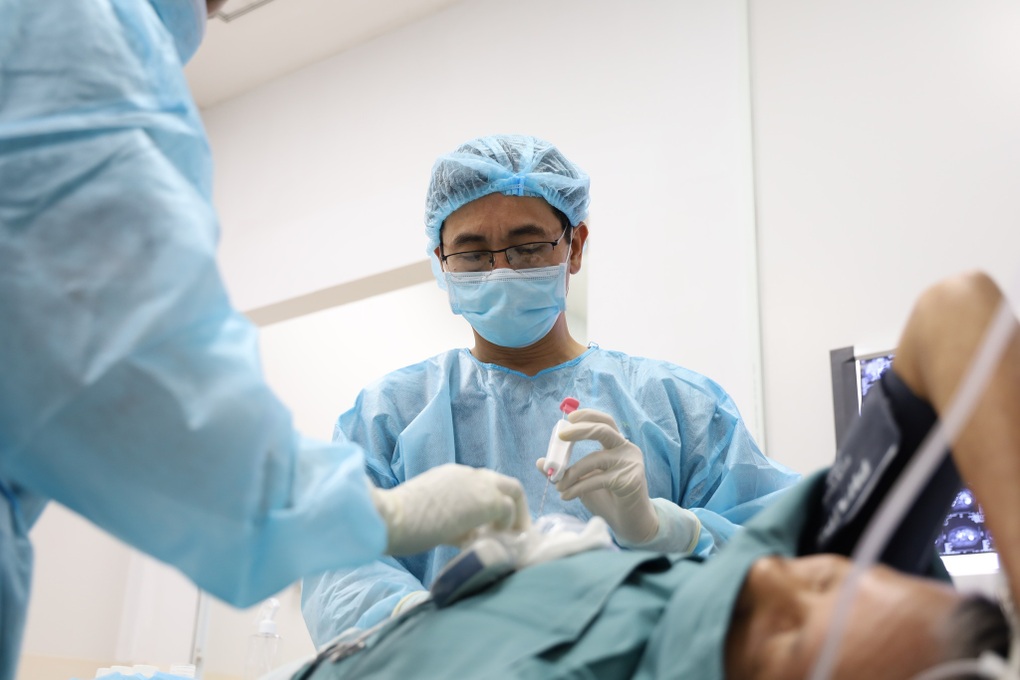
Doctors at Ho Chi Minh City Oncology Hospital perform a procedure on a patient (Photo: Hospital).
Technically, the hospital management software (HIS) at both facilities has been upgraded to fully meet the requirements of the Ministry of Health with a LAN system and Wi-Fi system covering the entire hospital, ensuring high and stable data transmission speed; the data center ensures the ability to store electronic prescriptions for a long time.
Security layers are integrated according to medical industry standards, regularly reviewed, ensuring patient information security.
"However, with the characteristic of receiving a very large number of patients, Ho Chi Minh City Oncology Hospital continues to upgrade the system and optimize HIS software performance to ensure smooth connection, without network congestion during rush hours, when there are many patients," Dr. Phuoc added.
In addition, all doctors have been given identification codes, and electronic prescription data has been digitally signed and connected to the national prescription system.
In addition, the hospital has also piloted sending electronic prescriptions to patients via the Medical Box platform, ensuring readiness for synchronous deployment from October 1.
For patients who are not familiar with technology, Ho Chi Minh City Oncology Hospital still prints paper prescriptions at the same time as sending electronic prescriptions. In addition, instructions on installation and prescription lookup via phone at treatment departments are provided when requested.
Good policy but still has some limitations
Speaking with Dan Tri , Dr. Cao Minh Hiep, Head of the General Planning Department, Children's Hospital 1, said that the hospital has applied electronic prescriptions in the past 3 years, in parallel with the use of hospital management software.
This is a process that is familiar to medical staff and medical staff, and is not difficult to operate.
"Electronic prescriptions are directly related to drug sales and allow for the management of all prescriptions, which is very good," said Dr. Hiep.
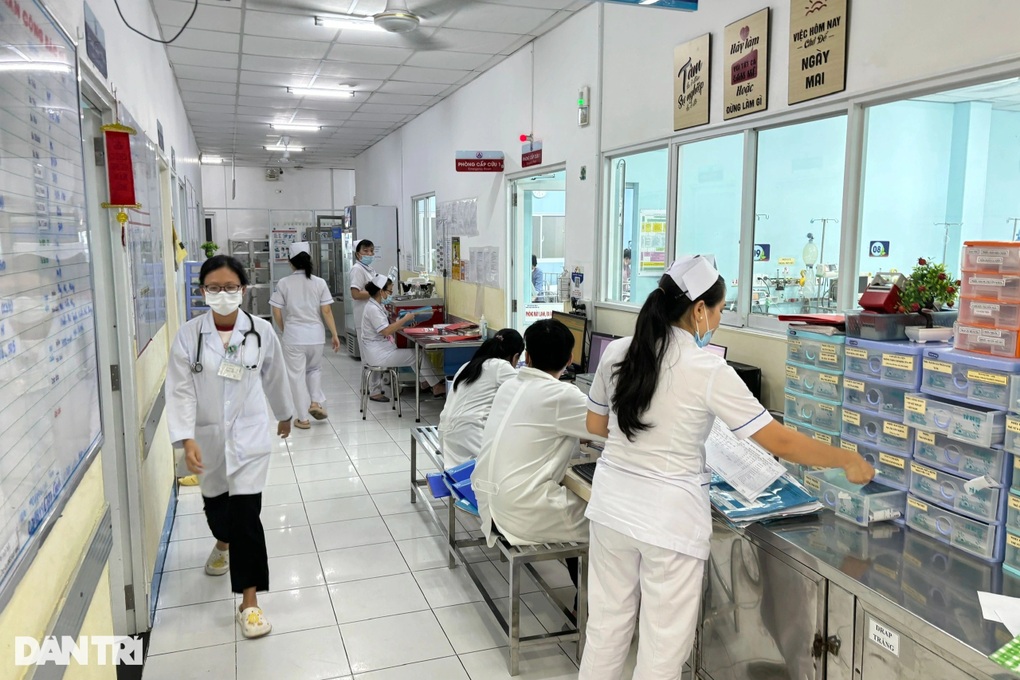
Children's Hospital 1 has applied electronic prescriptions for the past 3 years (Photo: Hoang Le).
According to Dr. Hiep, electronic prescriptions help manage prescriptions effectively, from prescribing to selling drugs. This system monitors detailed treatment regimens, helping both hospitals and pharmacies to have better control.
People can view and check prescriptions, increasing transparency and initiative.
"People can easily look up information about drugs, instructions for use and treatment history. From there, they can proactively monitor their medication use, contributing to increasing transparency and safety in drug use," Dr. Hiep emphasized.
In addition, pharmacy management is also stricter, because pharmacies must scan prescription codes to sell. This helps to limit the sale of drugs that are not in accordance with regulations, especially antibiotics and special control drugs.
However, according to Dr. Hiep, although the policy on electronic prescriptions is considered "very good", the actual implementation is still limited, especially in remote medical facilities and private clinics.
These units often do not have their own software or IT team to connect to the system. Having to hire an additional IT team or designated companies to connect the system will significantly increase the operating costs of the clinic, making it difficult for them to find the right technology and pay for it.
Therefore, to help electronic prescriptions operate more effectively, Dr. Hiep proposed a number of solutions to overcome current challenges, especially in terms of facilities and human resources for medical facilities in remote areas and private clinics.
He assessed that the current connection process is quite complicated. If there is no professional IT staff, these facilities must hire or connect through outside IT companies.
Therefore, the Ministry of Health should build a common, accessible portal that allows manual information entry for all users and health facilities, instead of requiring hospitals or clinics to hire or connect through specific IT companies.
This solution will also help small clinics that cannot afford to connect to complex IT systems or do not have enough money to hire an IT team to still be able to participate in the electronic prescription system.
This will also simplify the process and expand the mass adoption of the electronic prescription system.
Source: https://dantri.com.vn/suc-khoe/benh-vien-tai-tphcm-tang-toc-chuan-bi-ke-don-thuoc-dien-tu-20250709163035325.htm








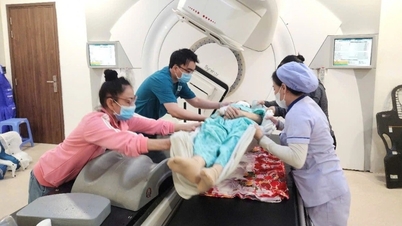




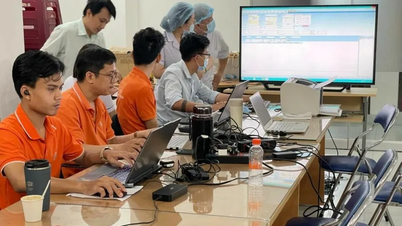
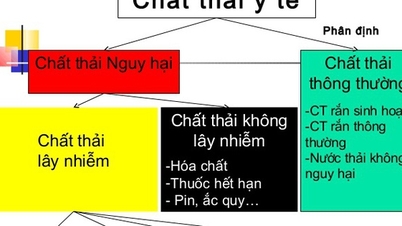



























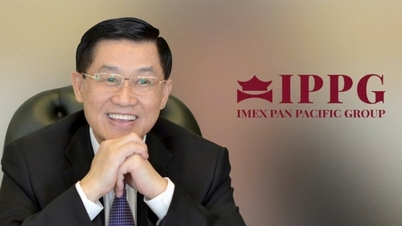







































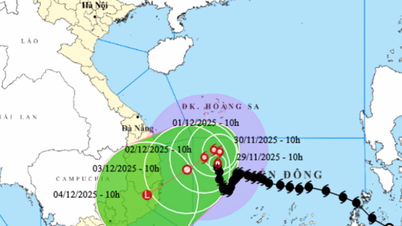
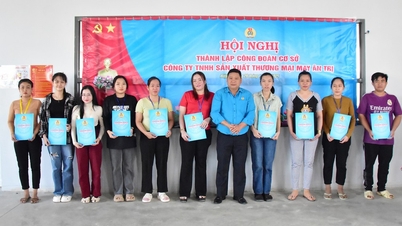


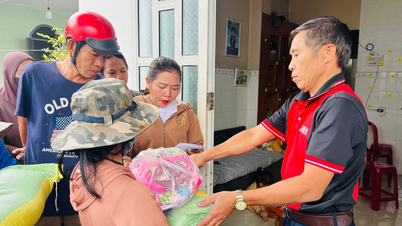













Comment (0)